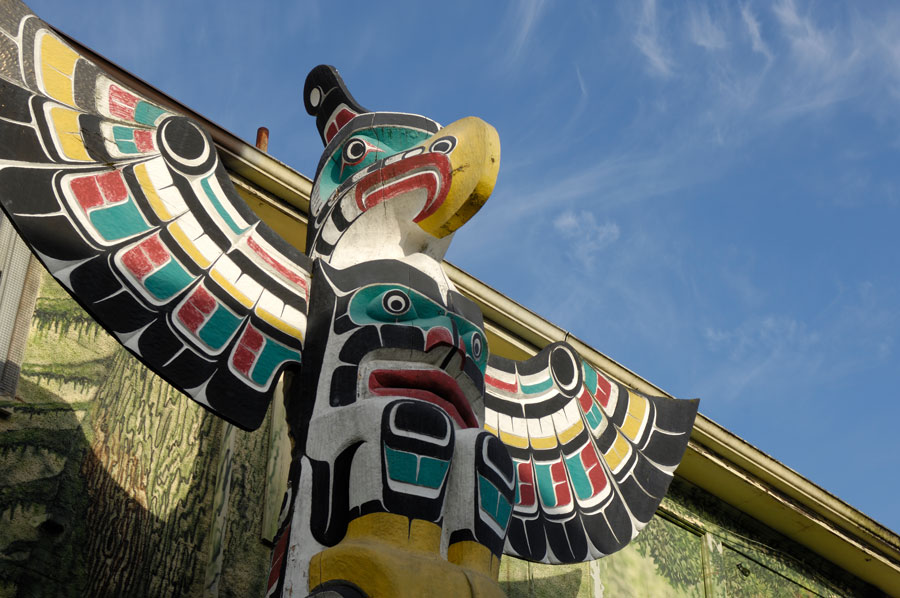
BABYLON, NY – In an effort to promote cultural sensitivity, the State of New York has mandated that all public schools eliminate mascots, logos, and team names with ties to Native American imagery. While the intention behind this policy is commendable, its sweeping application has now reached a level that borders on absurdity – exemplified by the ongoing controversy in the Connetquot Central School District, where officials are being forced to abandon the name “Thunderbirds.”
The term “Thunderbirds” is not a racial slur. It’s not a caricature. It is, by all reasonable standards, a widely-used term in American culture, used to name everything from cars to fighter jet teams to email software. And yet, under the state’s mascot policy, Connetquot is being asked to spend an estimated $23.6 million to erase the name from gym floors, uniforms, fields, and signage – not because the school was using offensive imagery, but because the name itself is now deemed too close to Indigenous origins.
A Quick Look at the Ban
In April 2023, New York’s Board of Regents adopted a statewide ban on public school team names and logos associated with Native American cultures. The policy followed national scrutiny of sports franchises like the Washington Commanders (formerly the Redskins) and Cleveland Guardians (formerly the Indians), and was designed to root out harmful stereotypes. Schools that failed to comply could lose state funding.
Initially, the policy was welcomed by many – especially where schools used overtly tribal imagery. But then it kept going.
The ban quickly extended to any reference to Native American culture, regardless of context or community sentiment. That includes names like “Chiefs,” “Braves,” “Warriors,” and now, apparently, “Thunderbirds.” Even if a school uses no feathers, headdresses, or spears in its logos, the state can still deem it non-compliant.
Connetquot Pushes Back
Connetquot’s Thunderbirds have long been a proud symbol of school spirit – not a depiction of a Native figure, but a name that invokes strength and energy, much like the U.S. Air Force Thunderbirds who soar in aerobatic demonstrations around the world. Yet under the state’s guidelines, the district is now compelled to erase this identity, unless it accepts a compromise to rebrand as “T-Birds.”
Connetquot was among several Long Island districts that sued the state, arguing that the ban is unconstitutional and overly broad. That lawsuit was dismissed in early 2025, but the backlash hasn’t faded. School board members and local families continue to raise legitimate concerns: Why is New York enforcing such a rigid policy, even where there is no harm, no offense, and no misrepresentation?
Common Sense vs. Overreach
It’s one thing to eliminate mascots that caricature Native people with exaggerated features or offensive chants. It’s another to police names like “Thunderbirds,” which have long been separated from their mythological roots in everyday language.
If the state considers “Thunderbird” off-limits, what’s next? Should we rename the Air Force demonstration team? Should Ford recall every Thunderbird model ever made? Should we scrub all media, sports teams, and organizations that use the term in a modern, secular context?
There’s a difference between erasing offensive depictions and erasing culture altogether. This policy, as currently written, fails to make that distinction, and it’s alienating communities that would otherwise support fair reform.
The Cost to Taxpayers
Let’s not forget the price tag: $23 million in taxpayer dollars – not for improving education, reducing class sizes, or boosting STEM programs – but to repaint logos, reorder uniforms, and rip up fields. For a district that isn’t even using tribal images, this is not a victory for equity; it’s an exercise in bureaucratic overkill.
A Better Way Forward
There is room for thoughtful reform that respects Native American concerns without overreaching. The state should reexamine its policy, consult tribal representatives and local communities, and focus enforcement where actual harm is evident – not where names are symbolic, neutral, or already divorced from Indigenous meaning.
New York’s intent was to promote inclusion. But when that intent devolves into inflexible policy with no room for nuance or local control, it breeds resentment – and in the case of Connetquot, wastes millions solving a problem that doesn’t exist.


